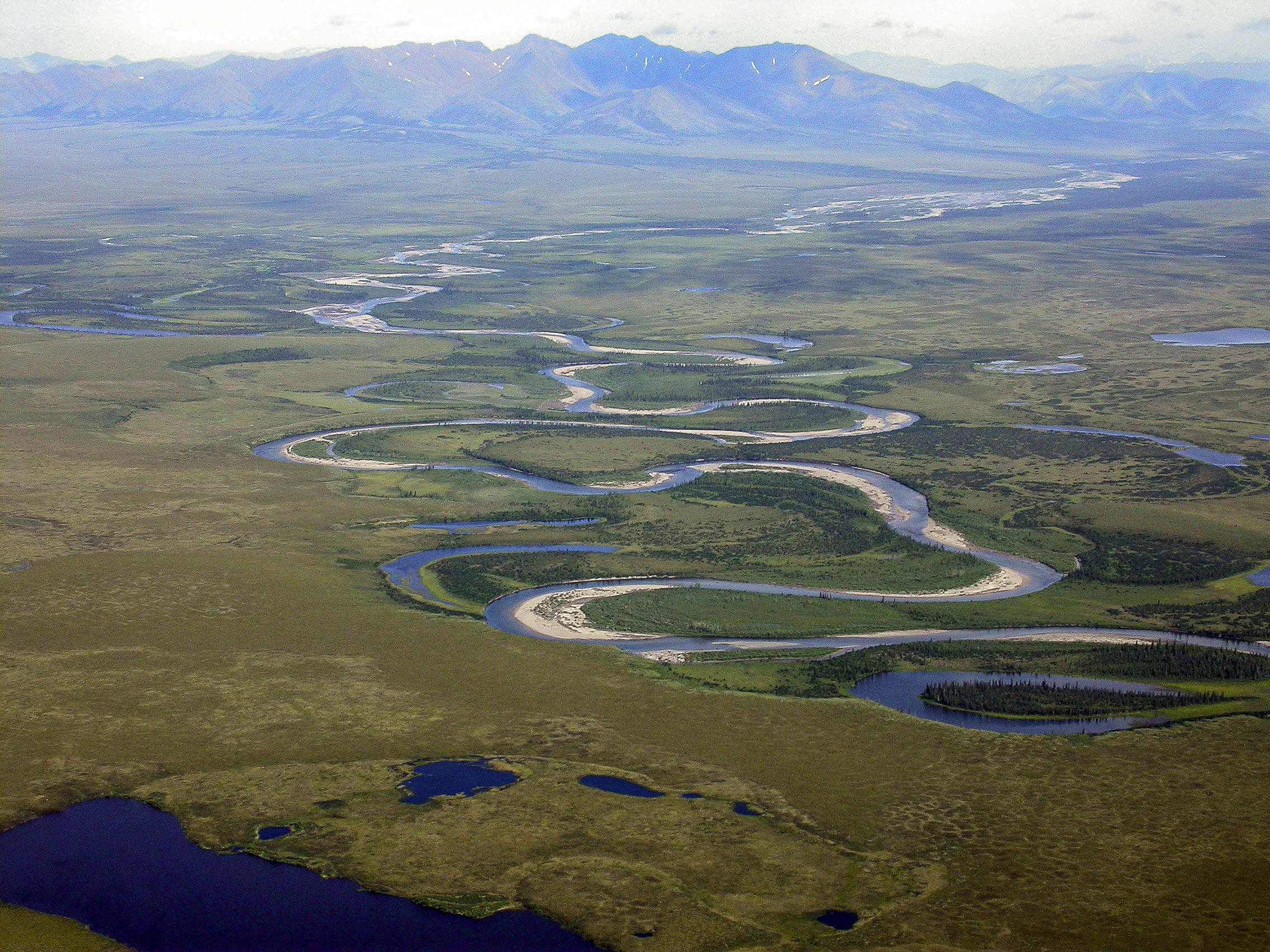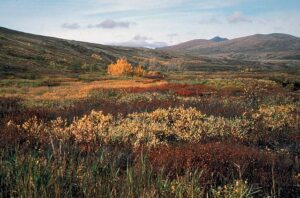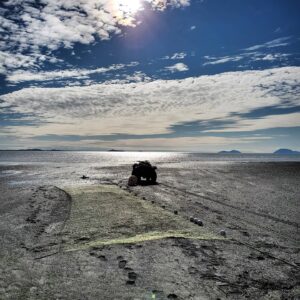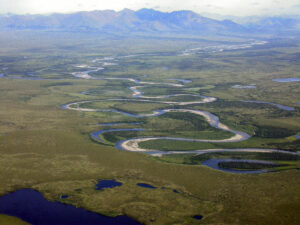
D1 stands for doggone good news for Alaska!
By Madison Grosvenor
In a decision that echoes across the mountains, rivers, and communities of Alaska, the Biden administration upheld longstanding protections for 28 million acres of D1 lands in Alaska—vital landscapes that have sustained Alaska Native communities for generations.

Emperor geese flying over Yukon Delta, USFWS
At the end of August, following an environmental review and public input, Interior Secretary Deb Haaland finalized the decision that will maintain existing protections from mining and mineral leasing laws.
Conservation organizations and Alaska Native groups praised Haaland’s decision.
Sophie Swope, Executive Director of Mother Kuskokwim and a board member of Trustees for Alaska, celebrated the news, stating, “Secretary Haaland’s decision today is an important step toward a future full of healthy lands, waters, and people who thrive on wild salmon, waterfowl, other migratory animals, and seasonal plant life.”
A History of Protection Under Threat

Fall tundra in Yukon-Kuskokiwm region, USFWS
These Alaska lands have been stewarded by Alaska Native people since time immemorial. Following the passage of the Alaska Native Claims Settlement Act in 1971, the lands received protection under federal law as a result of being withdrawn from mining and mineral leasing. These withdrawals have protected resources for decades and are crucial to supporting the subsistence way of life of more than 100 Alaska Native communities. These lands, scattered across the state from Bristol Bay to the Yukon-Kuskokwim region, are rich in ecological resources—home to thriving salmon, caribou, moose, and migratory birds. The land’s significance extends far beyond its ecological wealth, serving as a backbone of cultural traditions and food security for Indigenous families.
These protections were previously at risk during the Trump administration, which sought to open nearly 28 million acres of these lands to development through a series of public land orders.
These rushed Public Land Orders aimed to lift restrictions that had long kept mining, fossil fuel extraction, and other harmful industrial activities at bay. The potential consequences would be dire: loss of subsistence resources, environmental degradation, and the erosion of cultural ties that bind Alaska Native communities to their ancestral lands.
Shortly after President Biden took office, the U.S. Bureau of Land Management (BLM) took a close and careful look at the rushed public land orders and determined they were legally flawed. The BLM then initiated a full-on review in 2022 to inform the final decision.
A groundswell of resistance
The threat to these D1 lands sparked an outpouring of opposition.
Seventy-eight Alaska Tribes signed a letter to Secretary of the Interior Deb Haaland, urging her to maintain the existing protections. Additionally, three major Tribal consortia, representing 118 federally recognized Tribes, united to demand the same. Public meetings held by the BLM throughout the state revealed overwhelming support for keeping the withdrawals in place.
The message was clear: these lands are more than just acreage—they are lifelines.
A commitment to Alaska communities

Setting subsistence net at low tide, Bristol Bay region. Photo by Brian Abraham 2020
The final decision concluded that the Trump-era Public Land Orders failed to comply with key laws, including the National Environmental Policy Act and the Alaska National Interest Lands Conservation Act. The decision further recognized that the narrow interpretation of ANCSA used by the previous administration overlooked the broader purpose of these protections: to ensure the public interest in these lands is safeguarded.
“With today’s announcement, the Secretary of Interior and the Bureau of Land Management are demonstrating their commitment to maintaining our nation’s biodiversity, climate refugia, and to listening to the communities most impacted by this decision,” said Emily Anderson, Alaska Director at the Wild Salmon Center.
Looking ahead
The decision to protect D1 lands is more than just a victory for the present—it’s a commitment to the future. As Joanna Cahoon, a staff attorney with Trustees for Alaska, noted, “Maintaining the ecological productivity of these intact landscapes is more important than ever to local communities, climate action, and the health of all living communities.”
By fully maintaining these protections, honoring the deep connection between the land and people.
This decision is a powerful reminder that the fight to protect our natural and cultural heritage is ongoing, and that it requires the voices and actions of communities, Tribes, and leaders committed to the well-being of generations to come.

Lower Noatak Region, Photo by J Schoen


